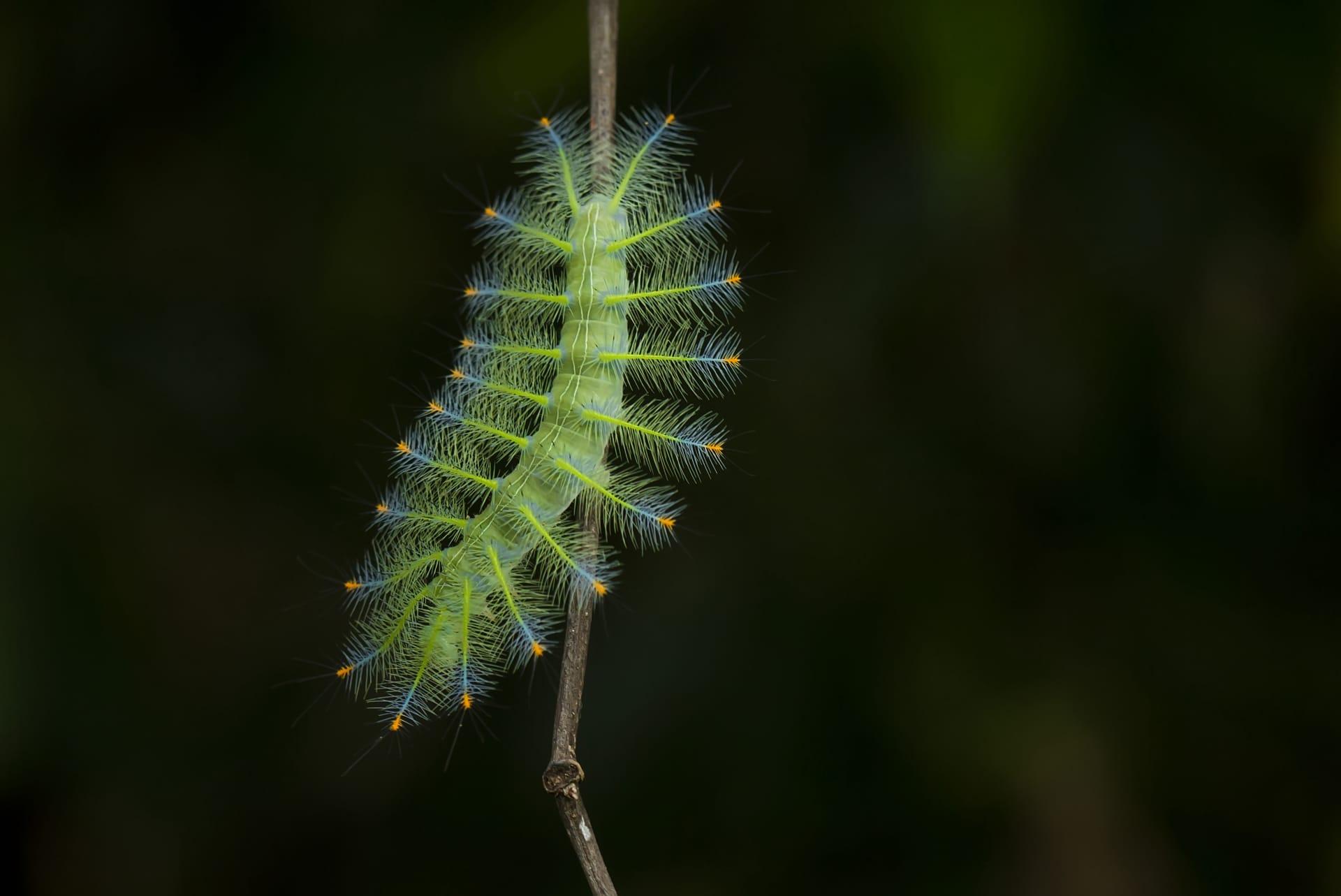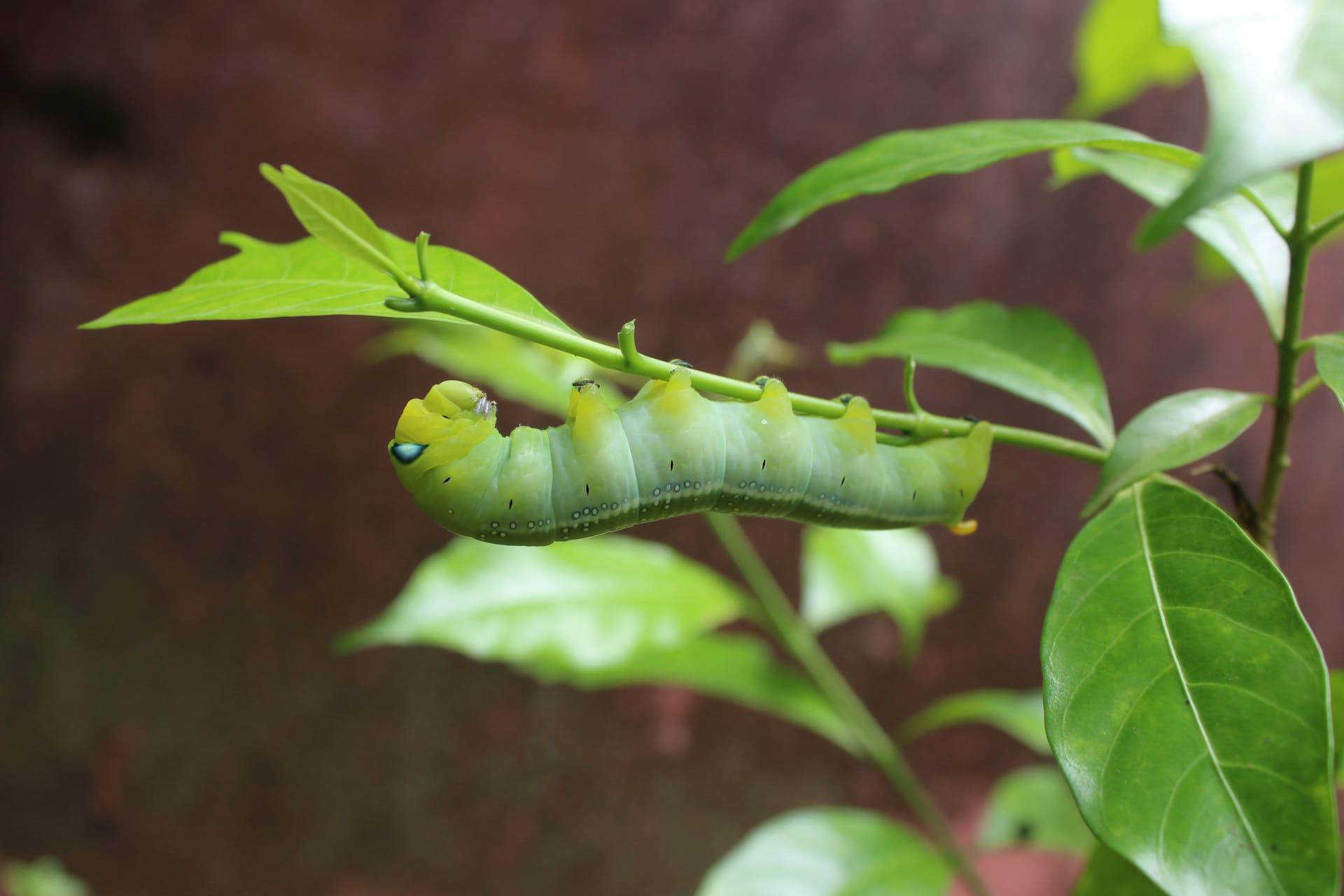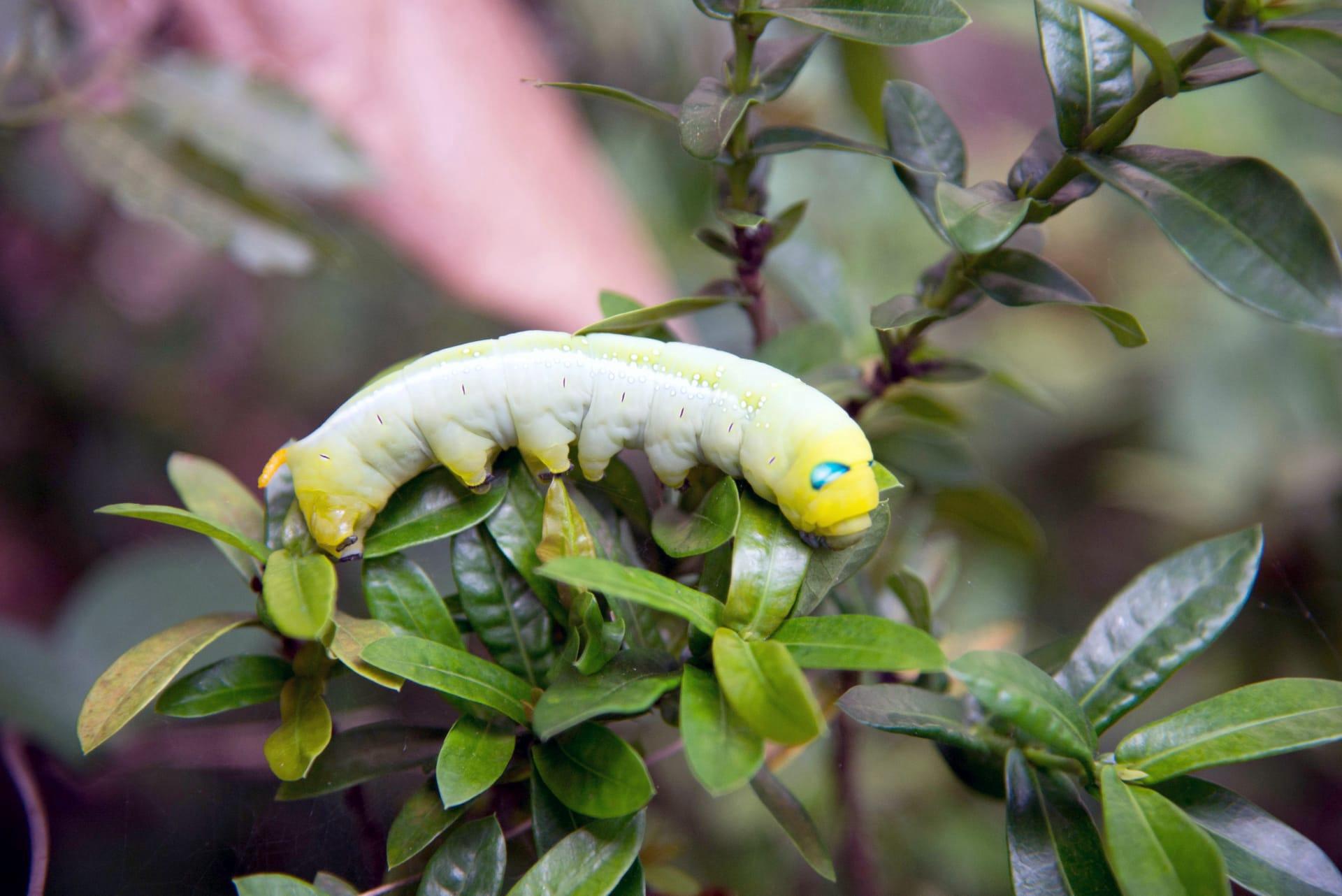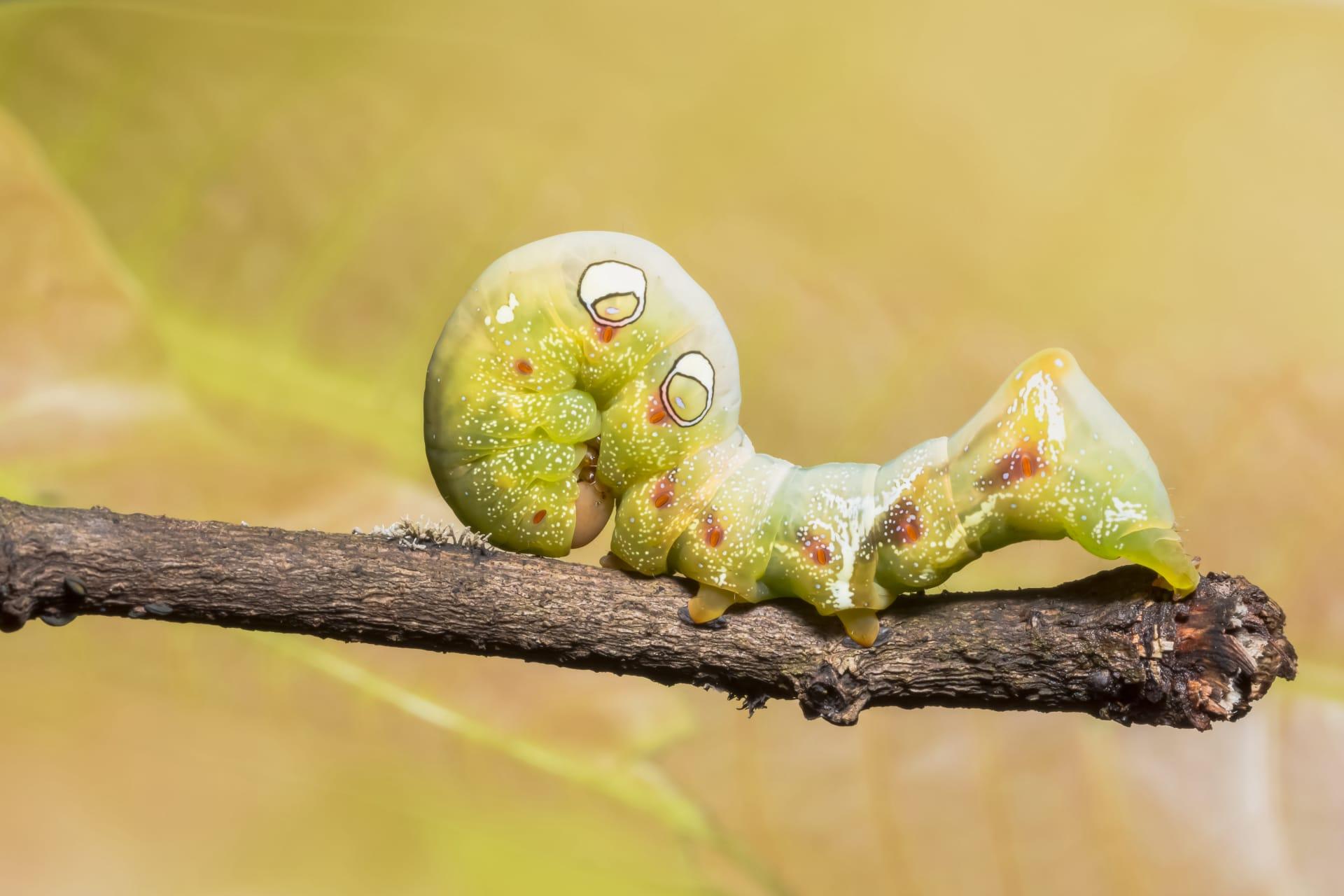Green Caterpillar Characteristics
- Home /
- Mini Encyclopedia /
- Animal /
- Green Caterpillar Characteristics
1
Green caterpillars, those leafy-looking crawlers, are quite fascinating. Typically, they measure about 2 to 4 inches in length, a size perfect for blending into foliage. Their lifespan, interestingly, ranges from a few weeks to several months, depending on environmental conditions and species. These caterpillars are masters of disguise, with their green hue mimicking the plants they inhabit.
One standout feature of green caterpillars is their osmeterium. This unique organ, usually hidden, is located near their heads. When threatened, the caterpillar reveals this forked, fleshy organ, which emits a foul smell to deter predators. This clever defense mechanism is a fine example of nature's ingenuity in protecting its creatures.

2
Question: Why do green caterpillars often have a bright, vibrant color?
Answer: The bright green coloration of these caterpillars is primarily for camouflage. Resembling the leaves they feed on, this color serves as a natural defense against predators. This vibrant green not only helps them blend in but also varies in shade depending on their specific diet and habitat, showcasing a remarkable adaptation to their environment.

3
Green caterpillars are known for their unique locomotion. They move by a series of muscle contractions, creating a distinctive 'inchworm' gait. This movement is made possible by clinging with their rear prolegs and then extending their bodies forward to grasp with their true legs at the front.
As for their eating habits, these caterpillars are voracious leaf-eaters. They have strong, specialized mandibles that allow them to chew through tough plant material. Remarkably, they can consume an amount of leaves several times their body weight, fueling their rapid growth during the larval stage.

4
The preferred habitat of green caterpillars is, unsurprisingly, green foliage. They thrive in environments where they have ample access to leaves, such as forests, gardens, and meadows. These caterpillars favor temperate climates but can be found in various regions worldwide.
In terms of reproduction, these caterpillars are the larval stage of moths or butterflies. After a period of feeding and growth, they transition into a pupa, undergoing metamorphosis. The emergence of an adult butterfly or moth marks the completion of their life cycle, a transformation that is both fascinating and vital for maintaining biodiversity.

5
Book: "The World of Caterpillars" by Jonathan Green, published in the United States in 2010. This book delves into the diverse world of caterpillars, with a special focus on green caterpillars. Green's vivid descriptions and detailed photographs offer readers an in-depth look at their life cycle, habitats, and unique adaptations.
Book: "Caterpillars in the Field and Garden" by Thomas J. Allen, published in the United Kingdom in 2008. Allen, a renowned entomologist, provides a comprehensive guide to caterpillars, including green varieties. The book combines scientific insights with practical tips for gardeners and nature enthusiasts, making it a valuable resource for understanding and appreciating these fascinating creatures.